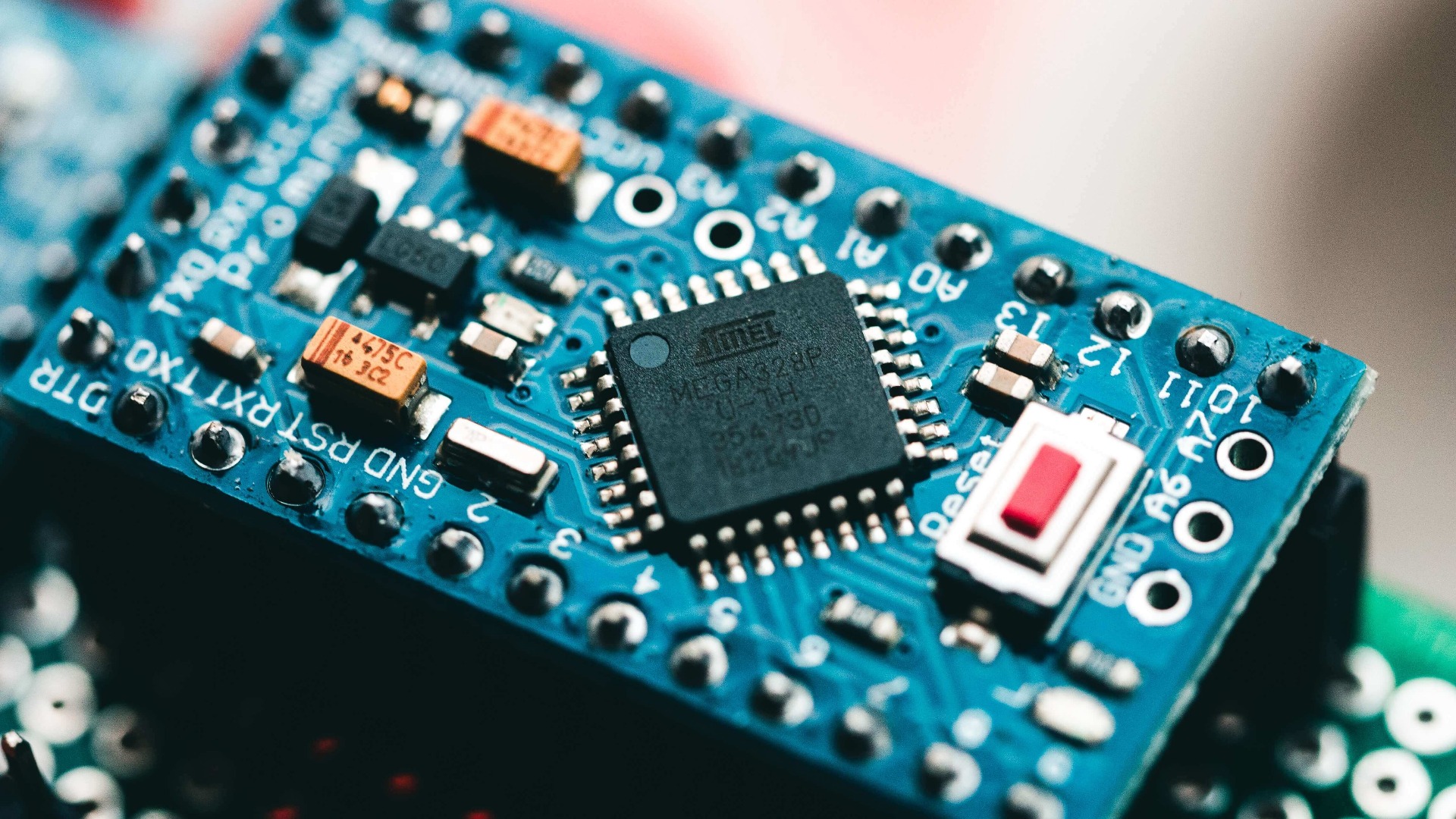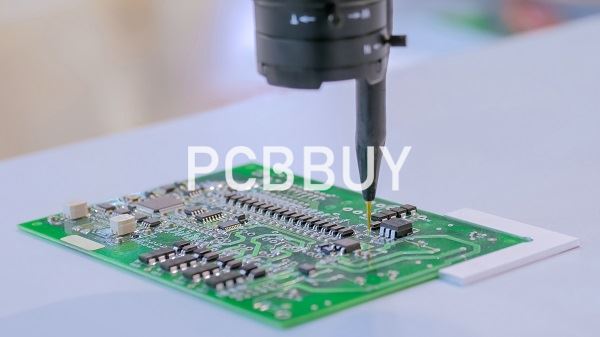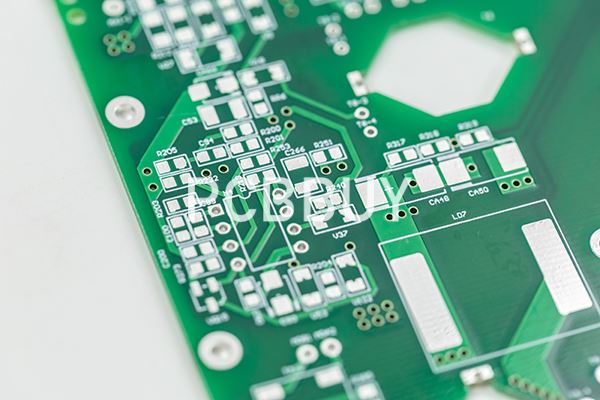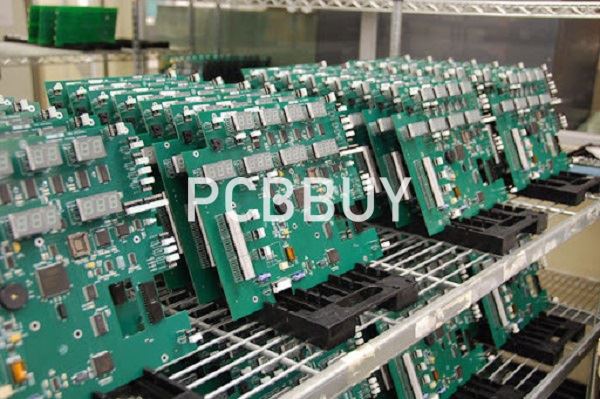SMT process control plan
By:PCBBUY 07/27/2021 16:57

SMT assembly process mainly consists of three steps: solder paste printing, components placement and reflow soldering. Process control measures have to be implemented in each step so that high reliability will be obtained.
In this passage, we will focus on the SMT process control and how to avoid the defects of it. Please check and read the content we prepare for you to learn more professional knowledge.

What are measures of process control in solder paste printing?
PCB Quality Control
Sampling inspection should be carried out on all batches of PCBs prior to solder paste printing. Inspection items include:
· Whether deformation occurs on PCB;
· Whether oxidation takes place on PCB pad;
· Whether scratches, shorts and copper exposure takes place on PCB surface;
· Whether printing is evenly smooth or not.
In the process of process control on PCB performance, sufficient attention should be paid from the beginning to the end. Firstly, gloves have to be worn when picking up PCB boards. Secondly, when visual inspection is applied, the distance between naked eyes and inspected boards should be in the range from 30cm to 45cm with the angle about 30° to 45°. PCB boards should be gently dealt with during inspection to avoid collision or falling and they mustn’t be stacked up or kept upright to stop circuits from being cut. Meanwhile, location holes on boards should be inspected to ensure that stencil openings are compatible with pads on PCB.
Application and Storage of Solder Paste
In the process of SMT assembly, validity of solder paste has to be rigorously monitored to maintain its high reliability. Overdue solder paste mustn’t be applied and purchased solder paste should be kept in cold closet of refrigerator. Uncovered solder paste has to be used within one week. In the process of solder paste application, the workshop temperature should be controlled at approximately 25℃ and RH (Relative Humidity) should be controlled within 35% to 75%. Temporarily-not-used solder paste should be placed away from workshop to stop it from being mixed up with in-use solder paste. When “new” solder paste has to be mixed up with “old” solder paste, the mixing ratio should be 3:1.

Some Control Measures in Solder Paste Printing
Successful solder paste printing should be compatible with the following requirement:
· Printing should be complete;
· No bridging takes place;
· Printing thickness should be evenly smooth;
· No turn-down edge occurs on pad;
· No deviation occurs in printing.
If solder paste printing is found incomplete, PCB board, stencil and scraping blade should be adjusted to make it complete. If bridging takes place in solder paste printing, chips should be inspected with the finest pitch, normally CPU. If solder paste printing isn’t done evenly smooth, scraping pressure should be adjusted. If turn-down edge is found at pad, stencil opening should be inspected to ensure that no blocking is available. If deviation is found in solder paste printing, stencil position should be in time adjusted.
What are measures of process control in chip mounting?
As the key equipment applied in SMT assembly manufacturing, chip mounter is capable of fast and accurately placing components onto corresponding pads through a series of actions including absorbing, moving, positioning and placing.

Mounting Requirement
· All SMDs (Surface Mount Devices) should be guaranteed to be sufficiently and correctly used;
· Programming should be accurately edited so that corresponding parameters are compatible with programming requirement;
· SMDs and feeders should be accurately combined to avoid the reoccurrence of errors;
· Chip mounter should be accurately debugged prior to chip mounting and breakdowns should be in time dealt with during SMT assembly process.
Solutions to Defects in Chip Mounting
Chip mounter features such a complex structure that consists of transmission mechanism, servo system, recognition system and sensors. Different defects tend to be met in chip mounting and measures to deal with defects will be discussed below:
· Working sequence of chip mounter should be analyzed and the logics between transmission parts should be known;
· In the process of equipment running, defects can be known in terms of their positions, link and extent and they can be achieved through strange sounds;
· The operation process should be clarified before defects;
· Defects should be clarified to determine whether they take place at some fixed positions such as mounting head or nozzle;
· Defects should be clarified to determine whether they take place at components feeder or SMDs;
· Defect redundancy should be studied to determine whether it occurs to particular amount or time.
As high-density electronic equipment, SMT chip mounter is responsible for SMT chip mounting and should be inspected every day to make it smooth for assembly manufacturing.
Industry Category











